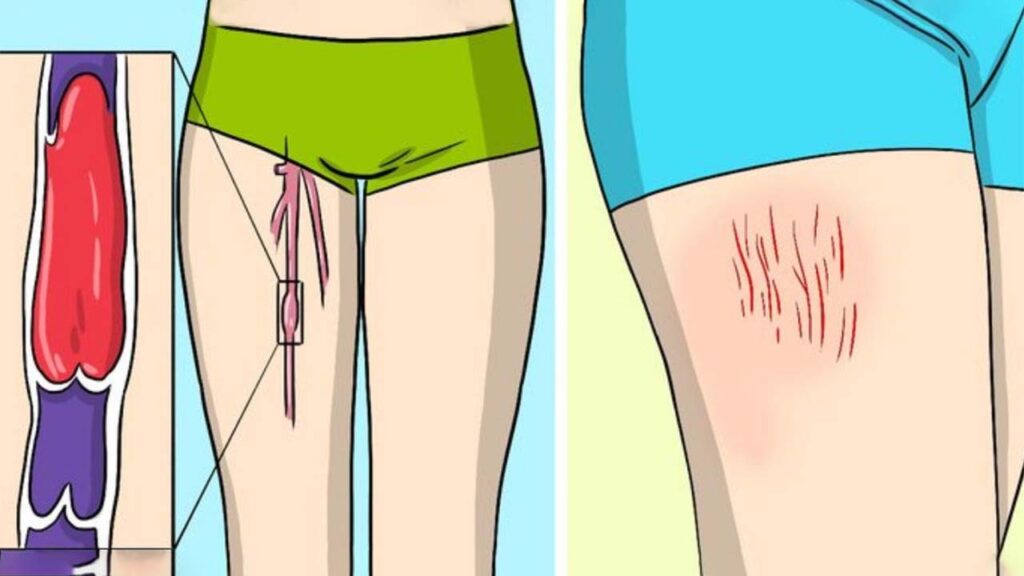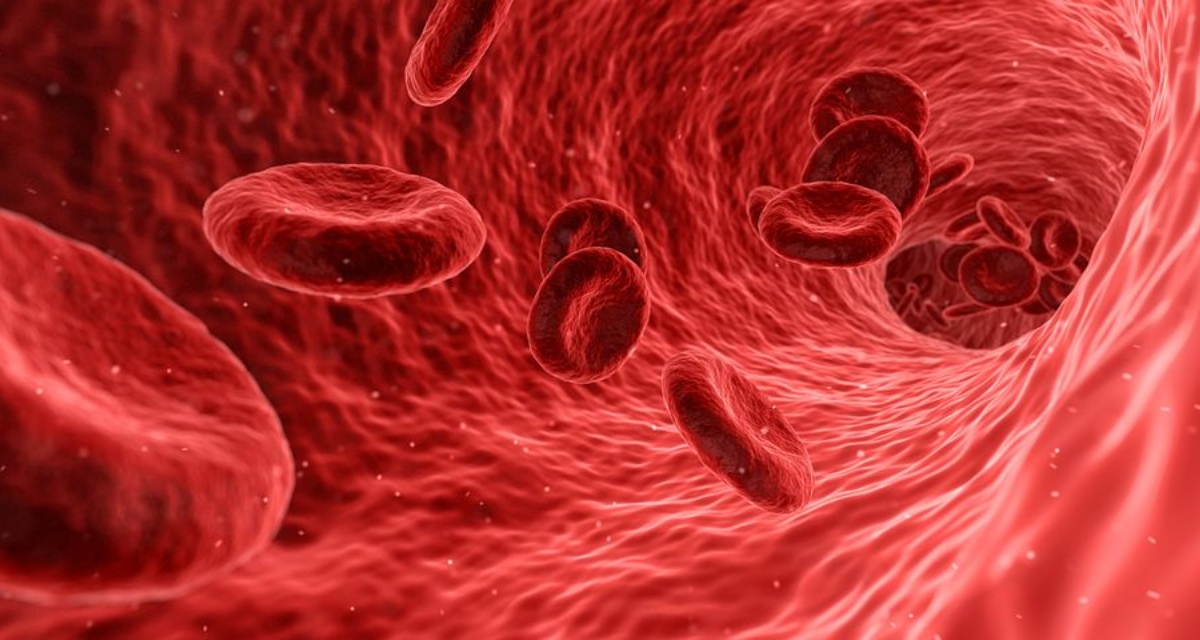Symptoms That Alert You to a Blood Clot
While the formation of blood clots is a normal and essential process to prevent bleeding, sometimes their formation can represent a risk, even fatal.
What role does the blood clot play?
Whenever we experience a minor wound with bleeding, blood clots play a crucial role in preventing it from escalating into a severe hemorrhage. The challenge arises when blood clots form in areas without wounds, and there is no need for a clot, leading to thrombosis. Let’s try to understand what it is and why it is dangerous.

Symptoms not to be overlooked
A blood clot originating from the heart can rapidly travel to the brain, potentially causing a stroke. It’s crucial to be aware of warning signs that something is amiss. If you experience the following symptoms, immediately rush to the emergency room:
- a limb that suddenly swells
- pain in the extremities or excessive sensitivity
- red streaks in the skin that are warm to the touch
- chest pain
- wheezing and difficulty breathing
- sudden cough
- headache or severe headache
- vomiting and diarrhoea

Swollen limb
The formation of a blood clot (thrombus) can lead to swelling in a vein, causing the affected limb to swell. Swelling typically occurs near the clot. In this case, deformities and abnormal color changes are present.
Pain in extremities
If a blood clot is left untreated and continues to grow, it can cause pain. Initially, the pain may be dull, but it can become throbbing and more intense over time. This pain is often experienced in the affected limb or belly.

Breathing difficulty
Breathing difficulties can indicate that the blood clot has reached the lungs or heart. If you experience this, along with symptoms like sweating, dizziness, and chest pain, it means that your life is in imminent danger.
Blurry vision and confusion
Blurry vision, confusion, and difficulty speaking may indicate that a clot has reached the brain area. However, it’s also important to note that similar symptoms can be caused by head trauma, leading to a concussion.





